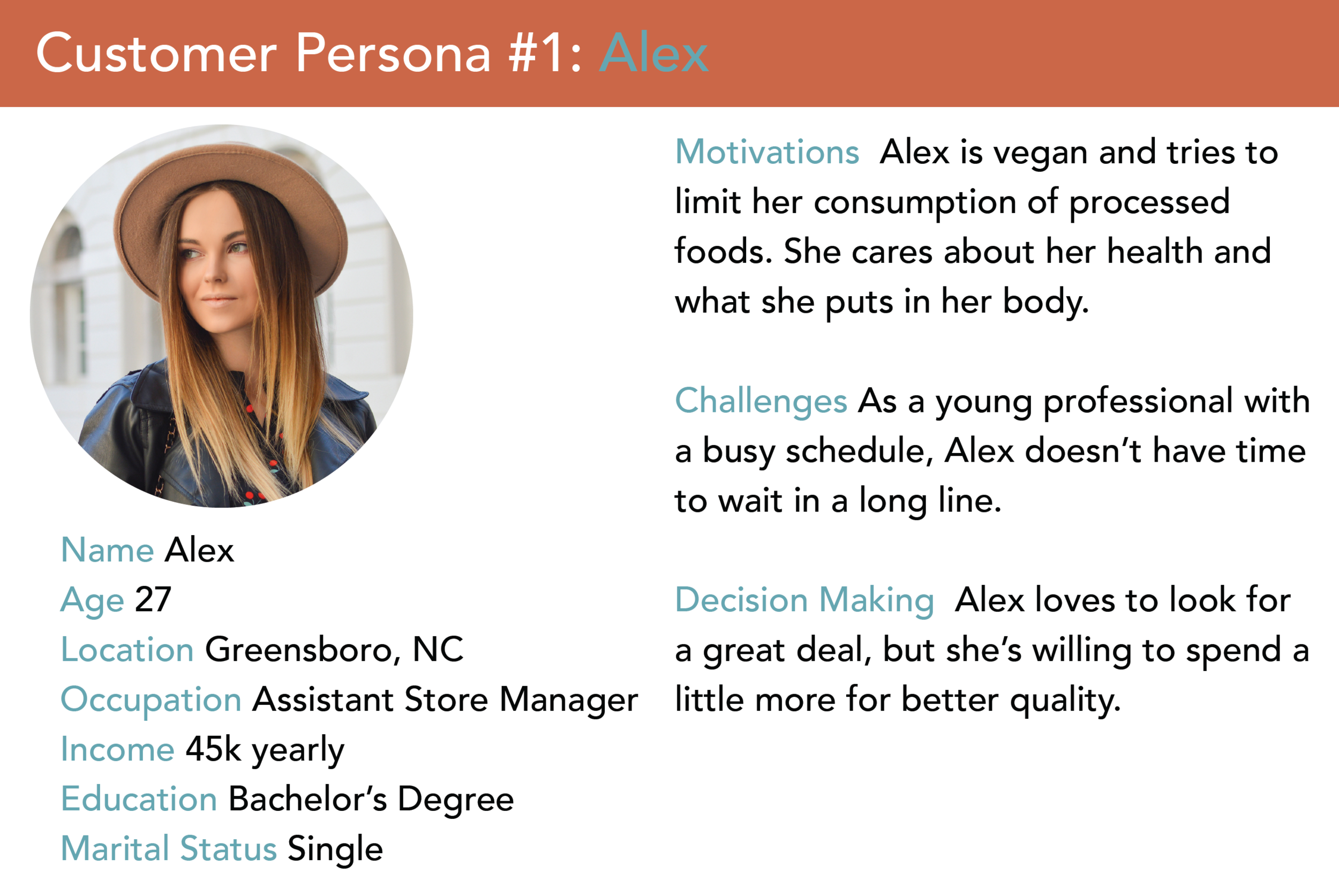Successful marketing takes more than coming up with eye catching advertising schemes and posting frequently on social. It’s about making a genuine connection with your customers – and to do that, you have to know who your customers are!
Customer personas (also called buyer personas) are detailed representations of your customers’ demographics, likes, dislikes, traits, and buying behaviors. Keep in mind that these traits are not made up, you need to discover them through comprehensive research.
Digging into the data and discovering who frequents your business will help you develop more effective marketing materials, allow you to boost sales, and make you an all around more effective business owner.
Whether you’re a brand new business or a company that’s been around for a while, understanding who your clients are and how they shop will go a long way in building a stronger business.
Focus on the Good & Bad
While life would be easier if we only focused on the positives, being a business owner means taking in the whole picture. In order to have a strong and thorough understanding of your brand, you need to be familiar with both your strengths and weaknesses.
If you’ve had negative customer experiences in the past, reach out to those clients and learn how you can avoid it in the futures. Unfortunately, not everyone will be in love with your company, but you can still use their constructive feedback to pinpoint who you should be focusing your marketing efforts on and what you need to improve in the future.
Alternatively, if you have your top customers who are always liking your social posts, and praising your products, find out what they love about your company, how they prefer to shop, and what they expect from your brand.
Understanding your ideal customers and customers that aren’t interested in your company can help you pinpoint who you should target and who to avoid.
Creating Your Personas
When it comes to building your personas, the more details you include, the better they become. Here are a few areas to focus on:
Age
Income
Education level
Location
Occupation
Goals
Challenges
Values
Likes & Dislikes
Favorite brands
Hobbies
How they discovered your brand
Favorite social media accounts
How often they shop
Your personas should provide a glimpse into who your customers are and how they think.
Now, let’s pretend that we own an organic juice bar. Here's what two of our personas might look like:
From looking at the profiles of our two fictional customers, we’re able to better understand what they’re looking for in a brand. We also have a better idea of how they’d prefer to receive information.
When it comes to making personas of your own, don’t be afraid to reach out to people. Past customers and followers on social are the best ways to find information. Get creative by sending out email surveys, creating Facebook polls, or simply conducting phone interviews. Just be sure to offer an incentive for their feedback and time. Gift certificates, freebies, or discount codes all work well.
Now, get building those buyer profiles! Or, leave us a question below if you need more information.
Graphic Design & Creative Marketing in Greensboro, NC
Need a second opinion on your current marketing strategy? We can help! Whether you need to spruce up your landing page or create a more engaging email campaign, Hue & Tone Creative can help your brand that extra touch it needs to stand out.










